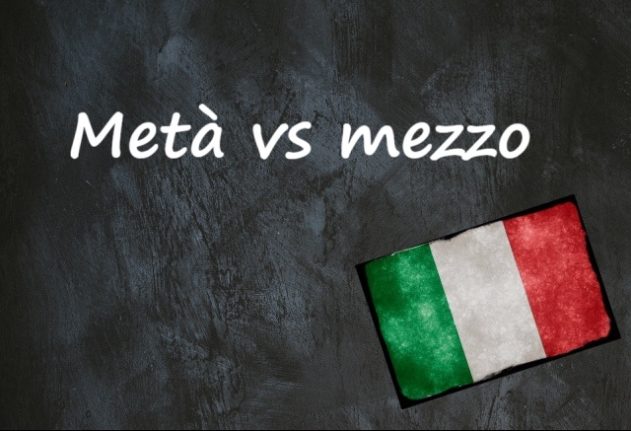At one point or another, we’ve all had un diavolo per capello – ‘a devil by the hair’.
This isn’t a devil on your shoulder – the little voice encouraging you do so something bad or mischievous.
The demon is this phrase isn’t devious but seething, making the person whose locks it’s clutching furious, enraged, or extremely irritable.
State attenti alla signora Russo, ha un diavolo per capello stamattina.
Watch out for Mrs. Russo, she’s in a foul mood this morning.
Ha abbandonato la riunione con un diavolo per capello.
He walked out of the meeting in a fury.
You might picture a furious djinn perched on the person in question’s head, directing their movements.

Another common Italian expression involving the devil is fare il diavolo a quattro.
This phrase can mean any of raising hell – either by causing a ruckus or kicking up a fuss – or going to great lengths to get something.
Ha fatto il diavolo a quattro quando le hanno detto che l’orario di visita era finito e non l’hanno fatta entrare.
She screamed blue murder when they told her visiting hours were over and wouldn’t let her in.
Ho fatto il diavolo a quattro per ottenere quel permesso.
I fought like hell to get that permit.
It’s unclear quite how a phrase which literally translates as something along the lines of ‘doing the devil by four’ came to have its current meaning – according to the Treccani dictionary, there are a couple of explanations.
One is that in some profane medieval art that involved religious imagery, the devil was often depicted along with the number four.
Another is that when the devil was represented on stage, he had so many different guises that four actors were required to play him in order to avoid having too long a pause between costume changes.
Either way, when someone’s facendo il diavolo a quattro or has un diavolo per capello, you’ll want to make sure you get out of their way.
Do you have an Italian word you’d like us to feature? If so, please email us with your suggestion.



 Please whitelist us to continue reading.
Please whitelist us to continue reading.
Member comments